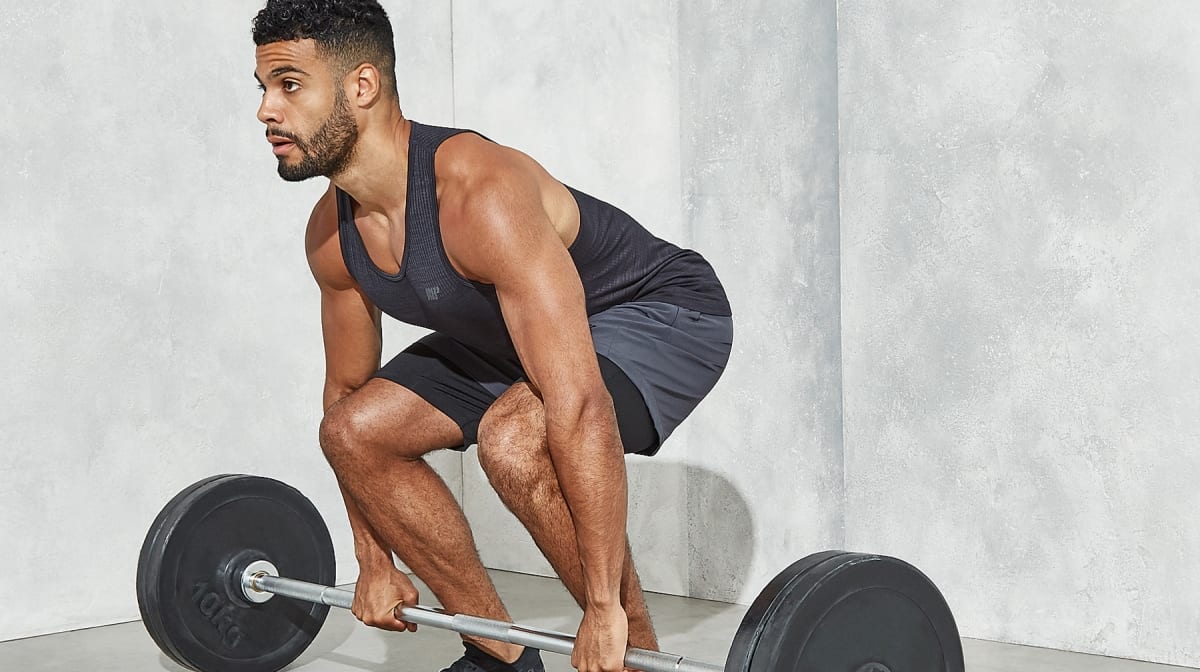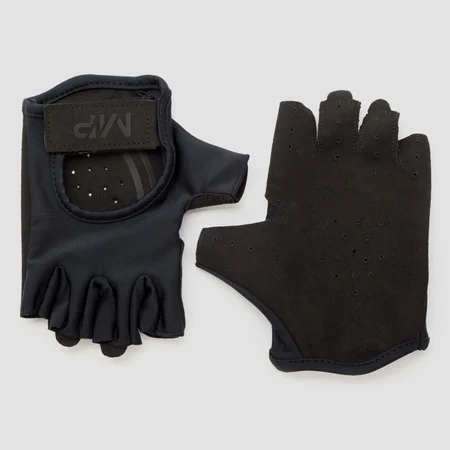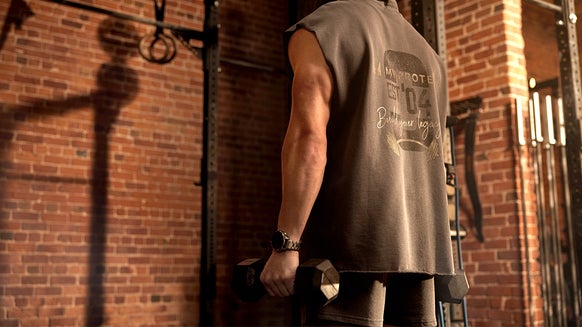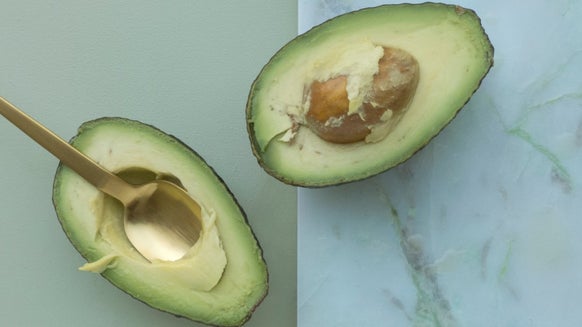How To Deadlift: Conventional Vs. Sumo

Mastering the Deadlift
If you’re not sure how to deadlift properly, don’t be afraid to ask for help. You might be protecting your ego by carrying on like you’re a seasoned powerlifter, but you’ll most likely end up seriously injuring your body.
Whether you’re totally confident lifting, or just beginning to pluck up the courage to venture into that section of the gym, it never hurts to be totally clear on your form and technique – in fact, when it comes to deadlifting, it can really hurt if you aren’t!
But as well as covering deadlift form, it’s important that you know about the deadlift variations out there for you to try. They may not necessarily ‘do the job better’, but changing things up in your routine can help to keep your body and mind switched on – so it’s okay to stray from your conventional compound lifts every once in a while, we promise.

Deadlift Form
The deadlift is an exercise that has you working against gravity to lift a barbell from its full resting weight off the floor, and there are many different spins on this classic and effective lift.
When deadlifting heavy weights your technique is paramount as it makes all the difference between improving, getting the most out of it, and avoiding injury.
How to Deadlift (Conventional)
You should begin by standing with your feet at hip-distance apart, your toes pointing forward, and your shins close to the bar.
Your starting position will see your thighs just about parallel to the floor. Keep your back flat and avoid rounding it. Press your butt out to ensure you are naturally curving your spine. As for your chest, you need to keep it out.
A good idea is to imagine a Superman emblem on your ripped chest and use a mirror to keep that part of your chest in view as you lift.
Grip the bar with one hand over the bar, and the other hand palm up.
As you lift, keep the bar close to your shins and then close to your body as you rise. The reason for this is that gravity is pulling the bar straight down and if you are too far back from the bar your centre of gravity will be thrown off. This is bad for your back and will mean you can’t lift as heavy as you potentially could.
Feel the weight in your heels as you drive up, as this is a good way to avoiding leaning forwards and overbalancing.
A conventional deadlift works the following muscles:
Rhomboids
Levator Scapulae
Trapezius, upper and lower
Rectus Abdominis
Erector Spinae
Hamstrings
Soleus
Adductor Magnus
Quadriceps
Gluteus Maximus

How To Deadlift (Sumo)
So now you know the basics of how to deadlift, you might want to consider other variations to this powerful movement, and not just because variety will keep your training interesting. The sumo deadlift will actually work the muscles differently, so you might find it feels better for your body.
The striking difference between this and the conventional deadlift is your stance – they call it the sumo lift because of how it resembles the squat-like pose of sumo wrestlers before they battle.
Your feet will be positioned wider than your hands and shoulders and you’ll grip the bar with your hands closer together than in a conventional deadlift (call it shoulder-width or thereabouts).
Bend at the hips when reaching for the bar with your arms in line with your shoulders. When you are in the starting position, turn your toes to point at a 30-degree angle.
Your centre of gravity is important in driving yourself and the weight upwards, so sit back slightly and keep your back as upright as you can. Take the weight at the back of your feet and hips. As you straighten, pull your shoulder blades back together.
Deadlift Benefits: Sumo vs. Conventional
There are some obvious similarities between the two lifts, working against gravity to lift a barbell from a resting position, but we would argue that they are in fact two very different exercises.
The main difference is the muscles that each exercise works, which makes them more like siblings rather than identical twins.
Sumo deadlifts provide your quads with a more serious workout and require more movement from your knees and work from your hips. However, they spare your ankles a little more than the traditional form, which is helpful for some.
The conventional deadlift relies a lot more heavily on upper-body strength, and places a greater strain on your spinal erectors off the floor. This may work in your favour if you have lesser mobility or lower back problems.
The comparison really comes down what you are capable of – neither are easier, per se, but if you struggle more with the range of movement of your ankles, the sumo may be preferable. On the other hand, your reach will be longer on the sumo lift, which may factor in shoulder concerns, making the conventional deadlift preferable.

Take Home Message
Once you’re confident that you know how to deadlift and you’ve got your form on point, you can easily progress with variations and/or increasing weight to make real progress. It’s a powerful compound lift that’s a favourite with bodybuilders and fitness fanatics.
In the debate between sumo and conventional deadlifts you should consider both the conventional and sumo deadlifts as different exercises. At the end of the day the goal of getting the barbell off the floor may be the same, but they work different muscle groups.
Sumo lifts place more of the weight on your quads and hamstrings, reducing the strain on your upper body, but your technique needs to be on point to make it work and it will require greater knee movement.
Our opinion? Practice both variations to develop your overall strength – especially as advancing in one will inadvertently help to improve your strength in the other.

The 8 Best Supplements For Muscle Gain
Is growing muscle on your agenda? Then you've probably considered supplements – read this first.

Jack is a fitness and nutrition writer who specialises in weightlifting, boxing and MMA training.









